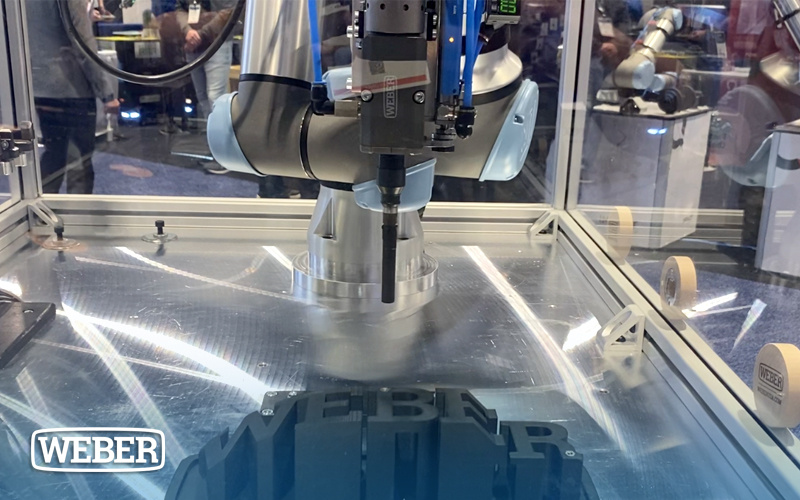1 min read

Subscribe to stay up-to-date on our latest news and educational content!
By: Michael Rabasco Oct 24, 2024 9:00:00 AM

Feeding screws that have a shorter thread profile than the dimensions of the head present a challenge to automated assembly operations. Maintaining the required orientation in the feed tube isn’t possible when the length and breadth of the fastener don’t provide a distinct profile and may tumble in round feeding hose.
Each of these comes with benefits and drawbacks. The easiest is to change the dimension of the screw, although this may not be possible when parts have passed design reviews and the production line is already in operation. The second option allows you to feed the screw into a profiled tube and blow it to the driver in the right orientation, but this approach increases the cost, and you’ll need to ensure the screw manufacturers adhere to your tighter tolerances.
Finally, you can opt for a pick-and-place system where you present individual screws to the driver using a robot. A pick-and-place system compromises on cycle times and in most cases complicate the station layout
By engaging with WEBER early in the design process, we help you find an optimized solution that can save you plenty of headaches down the line.